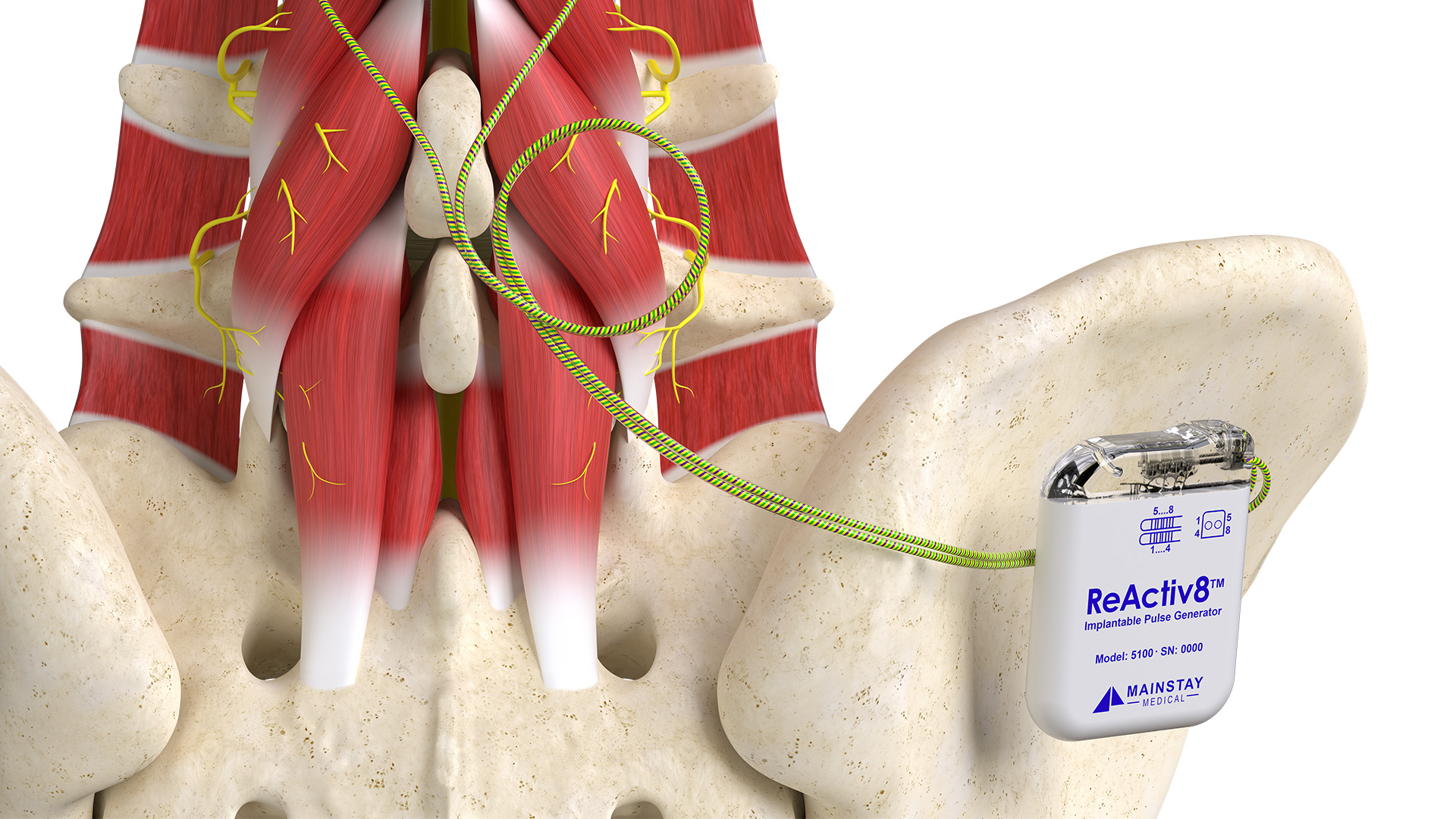

Low back pain is one of the most frequently reported complaints in the military. We all joke about it, especially as we get older. We groan when we stand up. We exaggerate the effort it takes to put on our packs or body armor. Sure it’s funny, but time really does have a way of catching up to us. When it does, there’s not a lot we can do about it.
There are a lot of treatments for chronic low back pain, but the wrong treatments may be doing more harm than good while sucking money from our bank accounts. The tricky part is knowing where the pain is coming from. To make matters worse, within five years, low back pain becomes the highest risk factor for permanent disability.
A main source of that chronic pain is a muscle group deep in the back, the lumbar multifidus. After even the most common injuries, it can shut down, and the muscle over time reduces in size and function, ultimately replaced by fat, causing chronic low back pain, a condition called multifidus dysfunction. Most of the treatments available only treat pain symptoms of low back pain, meaning it’s here to stay.

Multifidus Dysfunction is also commonly overlooked and misdiagnosed, meaning the condition may not be treated properly, causing more damage to the spine and muscles, and the pain will likely never go away. Since military personnel concerned with their career progression or fitness standards may not want to report it, it might go overlooked entirely, too.
Military personnel are prone to many risk factors during their service. Carrying heavy loads is just part of the job for many of us, and we don’t all get the focus on strengthening our lower backs during PT, either. Combat, of course, significantly increases the risk of persistent low back pain.
A 2021 study in the journal Chiropractic & Manual Therapies assessed the risk factors for military personnel in a systematic review of known literature dating back to the early 2000s. It found that low back pain is the most frequently diagnosed condition in the U.S. military. Since many of those studies required self-reporting, the actual number may be higher.
Muscle strains and poor posture can lead to multifidus dysfunction, as well as more serious conditions like degenerative diseases, herniated discs, arthritis, and spondylolisthesis. In the military, chances are good you have served with someone suffering from some of these. This should come at no surprise. A lot of what we do puts strains on our backs—just ask any aircrew or paratrooper.
Once you injure your lower back, it’s even easier to hurt it again and even more difficult to recover from the pain. Pain management injections will only block the pain (for a while), and physical therapy won’t help the underlying cause of back pain if the condition is chronic (longer than 3–6 months on average) because these muscles are involuntary and too deep for traditional physical therapy to target properly and rehab. Unfortunately,a misdiagnosis or inadequate treatment only decreases your quality of life while increasing your costs, without solving the problem.
The multifidus is a spine-stabilizing muscle that controls the position of vertebrae, subconsciously. When injured, even from a simple injury, the brain has trouble controlling the multifidus muscles, which then fail to work properly and will atrophy. The loss of critical support to the spine, joints, and discs is the primary cause of mechanical chronic low back pain, and the pain only gets worse over time.

One way to restore that muscle’s function, stabilizing the spine and ending the ongoing cause of chronic pain, is to restore the neural connection (neuromuscular control) to the brain so it sends signals that activate and control the muscle. There is one restorative treatment that’s been clinically-proven to provide pain relief for mechanical low back pain: the ReActiv8 system.
ReActiv8 is a nerve-stimulating implant that is designed to improve function, reduce pain, reduce disability, and improve quality of life over time by conducting two 30-minute therapy sessions per day in the comfort of your home. Injections simply kill the nerve endings so you can’t feel the pain, radio frequency ablations burn the nerve to reduce pain, and physical therapy is time-consuming and requires an exact diagnosis and a therapist who is familiar with treating the multifidus muscle group if caught early.

In an outpatient surgical procedure (usually lasting ~1–2 hours on average), ReActiv8 is implanted underneath the skin, connected to the nerves feeding the muscle, and activated through electric leads. The twice-daily stimulation session feels like a deep-tissue massage.
When it comes to low back pain, the most important day to start treatment is yesterday. This is because, if not properly diagnosed and treated, low back pain will get worse over time and can lead to permanent disability.
If you experience any common symptoms of low back pain, such as localized pain in the lower back, pain that worsens with simple everyday small trunk movements, or pain when you’re not moving at all (sitting or standing for long periods of time), you might be suffering from multifidus dysfunction. ReActiv8 can help. To learn more, visit Mainstay Medical’s ReActiv8 Restorative Neurostimulation website.